Tensile Structure
Tensile Structure: An Overview
Tensile structures, also known as fabric structures or tensioned membrane structures, are a type of architectural design characterized by the use of tensioned materials (such as fabric or membrane) to create a form that can withstand forces without requiring rigid support or traditional load-bearing walls. These structures are widely used in both functional and aesthetic applications, ranging from sports arenas to pavilions, canopies, and even temporary shelters.
Key Components of Tensile Structures
-
Fabric or Membrane: The most distinctive feature of tensile structures is the membrane material used. This can be made from a variety of fabrics, including PVC-coated polyester, PTFE (polytetrafluoroethylene) coated fiberglass, or ETFE (Ethylene Tetrafluoroethylene) film. These materials are lightweight, durable, and resistant to the elements, which makes them ideal for tensile applications.
-
Support Framework: The membrane is supported by a framework of masts, cables, and other structural elements. This framework is designed to apply the required tension to the fabric, ensuring the structure remains stable and functional.
-
Tensioning System: The fabric is stretched or tensioned across the framework, creating a form that distributes loads evenly. The tensioning is crucial because it helps the structure resist wind and other external forces without sagging or collapsing.
Advantages of Tensile Structures
-
Aesthetic Appeal: Tensile structures are often chosen for their visually striking and modern design. The fabric's flexibility allows for curved, flowing, and dynamic shapes that can blend seamlessly with natural environments or complement other architectural styles.
-
Lightweight: The materials used in tensile structures are much lighter than traditional building materials like concrete or steel, making these structures easier to transport and install.
-
Cost-Effective: Due to the use of lightweight materials, tensile structures can be more cost-effective compared to conventional buildings. Additionally, their energy efficiency and reduced material costs make them a sustainable option for many projects.
-
Flexibility and Versatility: Tensile structures can be designed to meet a wide range of functional needs. From large stadiums and arenas to smaller, temporary shelters, these structures are adaptable to various types of applications.
-
Durability and Weather Resistance: The membranes used in tensile structures are designed to withstand harsh environmental conditions, including UV rays, rain, snow, and wind, ensuring long-term performance and low maintenance.
Applications of Tensile Structures
-
Sports Facilities: Many stadiums, arenas, and gymnasiums use tensile structures for roofs, canopies, and other features. The iconic roof of the Munich Olympic Stadium is a famous example of a tensile structure.
-
Public Spaces: Tensile structures are often used in urban design for creating shade structures, walkways, and pavilions in parks and public squares. These designs can enhance the aesthetic value of public spaces while providing functional benefits such as shelter from the sun.
-
Temporary Structures: Tensile structures are often used in temporary settings such as trade shows, exhibitions, and event spaces due to their ease of setup and takedown. They are ideal for situations where quick installation and portability are necessary.
-
Transportation Hubs: Airports, train stations, and bus terminals often feature tensile structures in their roofing systems, as they provide large, open, and unobstructed spaces with minimal support.
-
Environmental Structures: These structures are used for greenhouses, solar canopies, and other eco-friendly applications. Their light, airy designs can enhance the natural lighting and energy efficiency of a space.
Conclusion
Tensile structures are an innovative and versatile solution to modern architectural challenges. By combining aesthetic elegance with practicality, they have become a popular choice for a wide range of applications. Their use of lightweight materials, flexible design, and durability make them well-suited for everything from temporary installations to permanent public buildings and sports facilities. As sustainable design practices continue to evolve, the role of tensile structures in the built environment is likely to grow even more prominent.
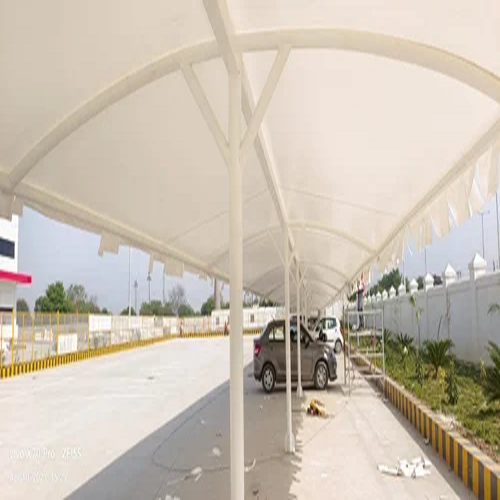
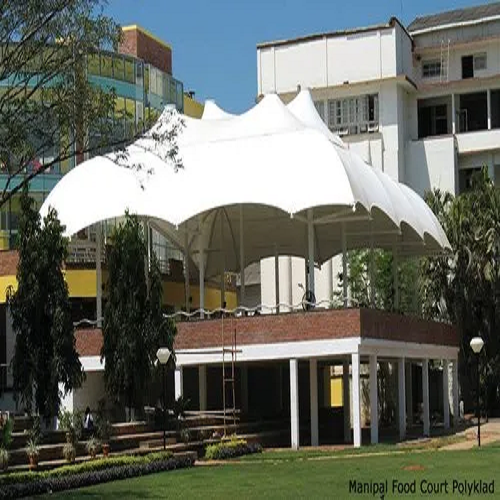
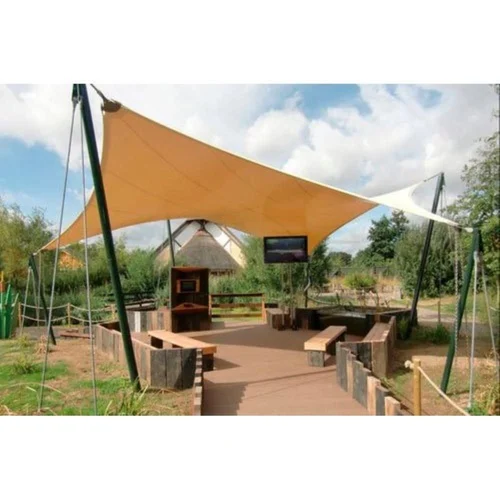
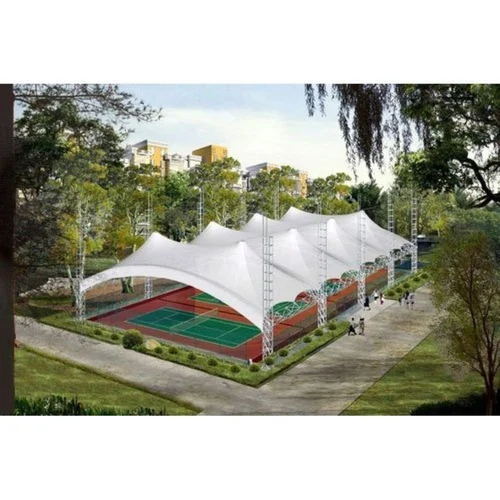

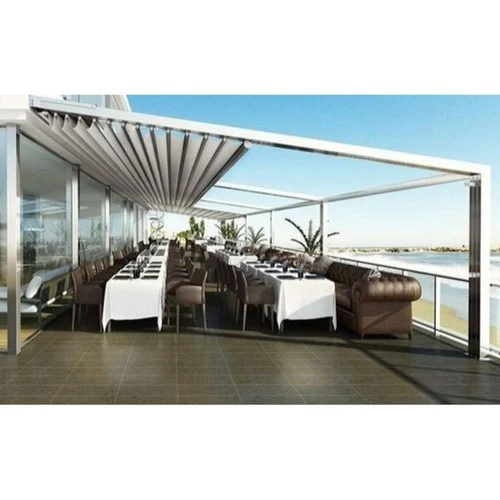
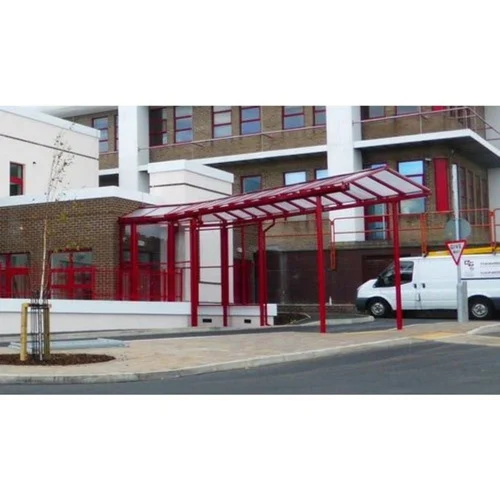
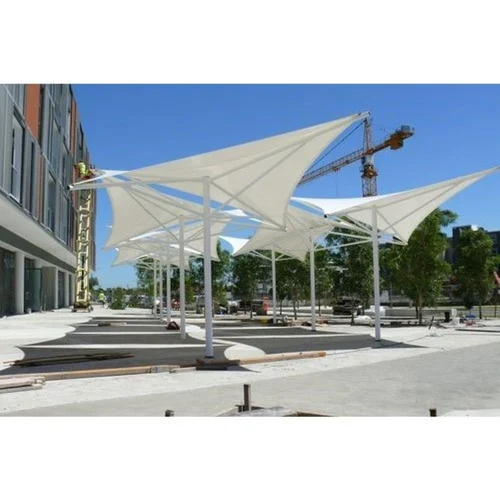
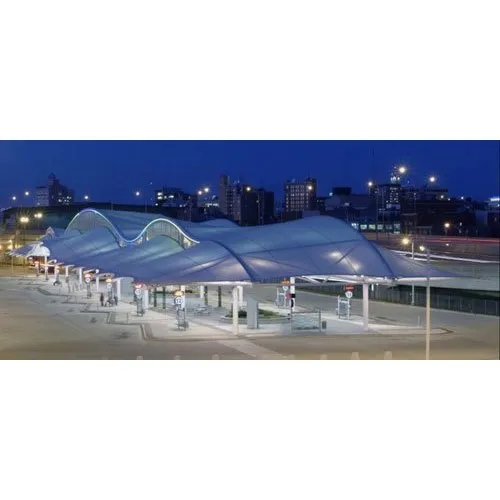
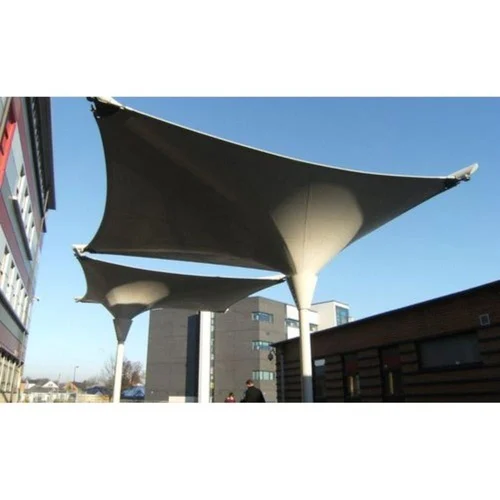


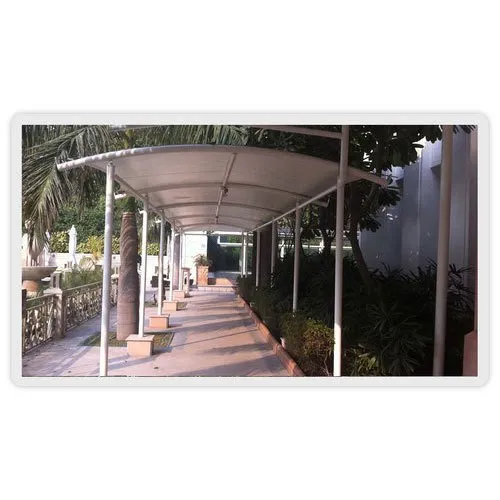
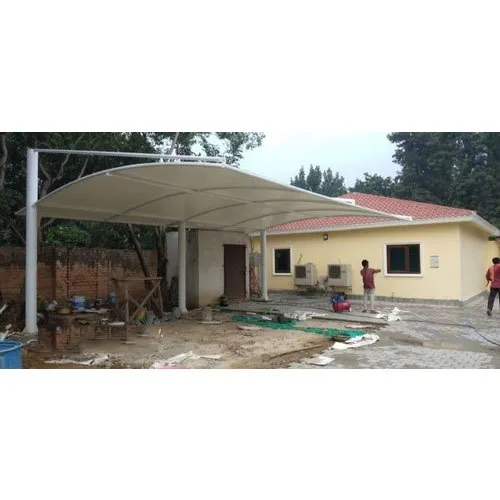

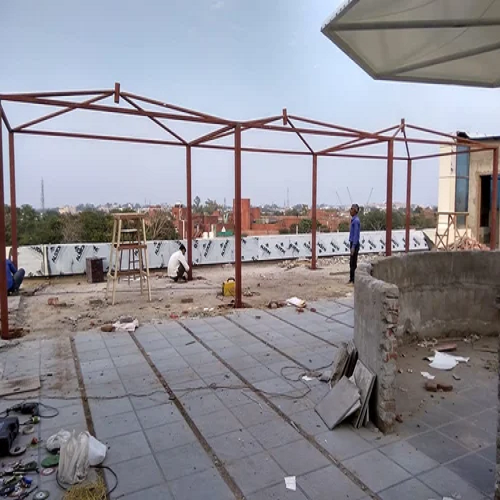
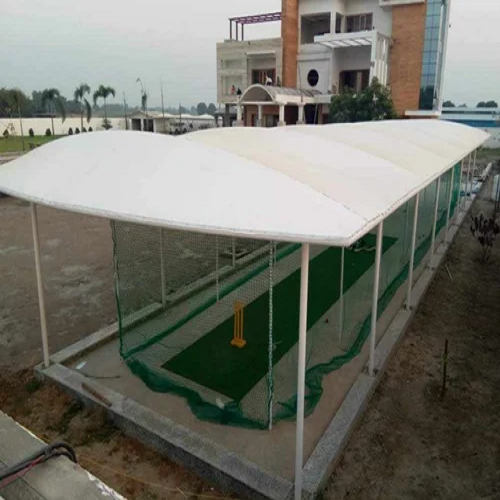

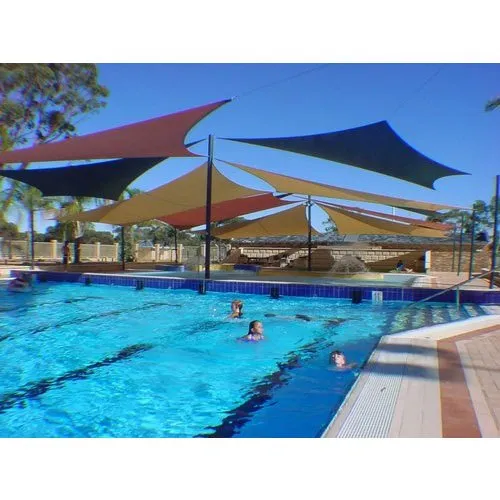
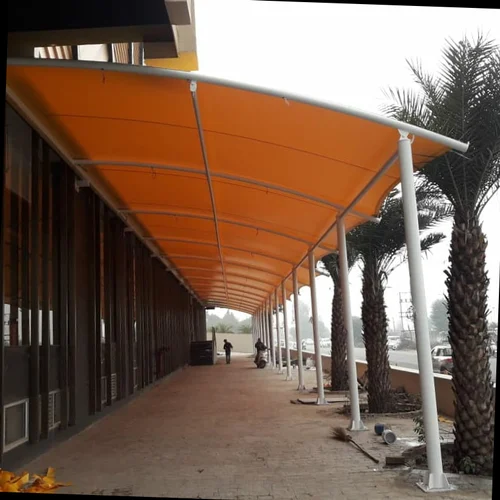
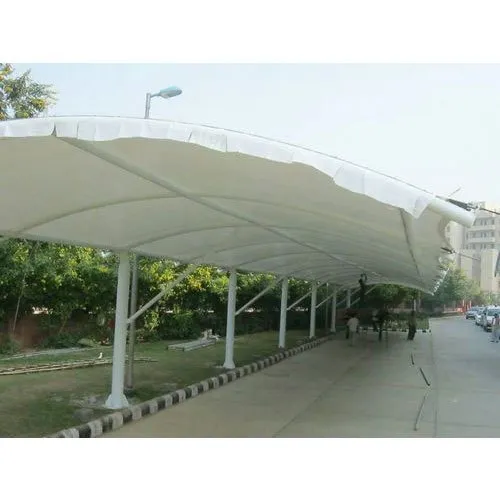
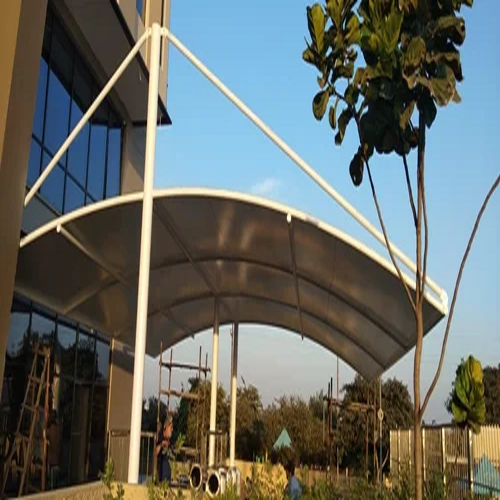
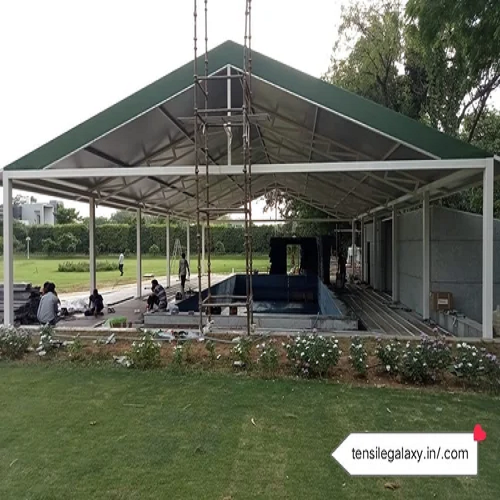
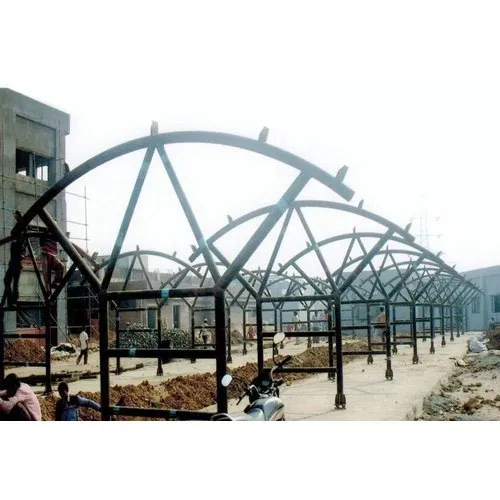









.png)